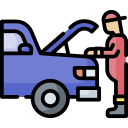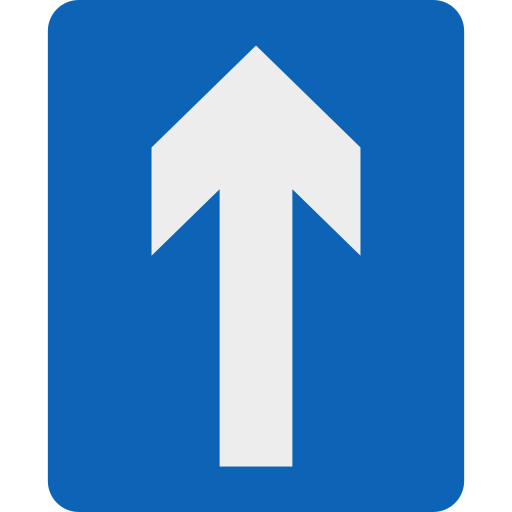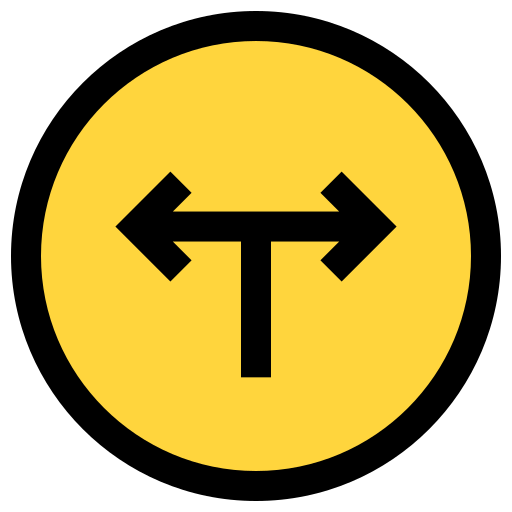Cars are more prone to accidents

 Over Speeding
Over Speeding
Prevalence of Car Accidents
Cars constitute the primary vehicle type involved in accidents, accounting for approximately 114.6k incidents. This indicates a significant portion of road accidents are attributed to car-related factors such as driver behavior, road conditions, and vehicle design.
report
 Fatigue
Fatigue
 Poor weather
Poor weather
conditions
 Reckless driving
Reckless driving
 Driving under the influence (DUI) of alcohol or drugs
Driving under the influence (DUI) of alcohol or drugs
 Poor road conditions driving
Poor road conditions driving
 Mechanical failures
Mechanical failures
Key Findings

Cars are most involved in Accidents
Cars constitute the primary vehicle type involved in accidents, accounting for approximately 114.6k incidents. This indicates a significant portion of road accidents are attributed to car-related factors such as driver behavior, road conditions, and vehicle design.

Challenges of Single Carriageways
Single carriageways often present unique challenges for drivers, including reduced visibility, limited separation from oncoming traffic, and a lack of dedicated turning lanes. These factors increase the complexity of driving on such roads and necessitate heightened awareness and caution from motorists.

Significant Junction Involvement
The data reveals that out of the total 144,000 accidents recorded, a substantial portion—36,000 accidents—occurred at T or staggered junctions. This finding underscores the importance of addressing safety concerns at these critical points on the road network.
Measures to be taken
Road Safety Awareness
Engaging campaigns highlight dangers like speeding, distractions, and driving under the influence, promoting responsible behavior among motorists.
Improved Signage and Road Markings
Where feasible, replacing T or staggered junctions with roundabouts can improve traffic flow, reduce conflict points, and lower the risk of accidents by promoting smoother, more controlled intersections.
Roundabout Installation
Where feasible, replacing T or staggered junctions with roundabouts can improve traffic flow, reduce conflict points, and lower the risk of accidents by promoting smoother, more controlled intersections.
Measures to be taken
Single Carriageway: Overtaking Opportunities
Creating designated overtaking zones or lanes on single carriageways allows drivers to safely pass slower vehicles, reducing the temptation for risky overtaking maneuvers and minimizing the potential for head-on collisions.
 Speed Management:
Speed Management:
Implementing traffic calming measures such as speed bumps, raised pedestrian crossings, and chicanes can encourage drivers to reduce their speed and exercise greater caution when approaching junctions, reducing the likelihood of collisions.
 Enforcement of Traffic Laws
Enforcement of Traffic Laws
Strengthening enforcement of traffic laws, including speeding limits, seatbelt usage, and drunk driving, is crucial in deterring risky behaviors and promoting responsible driving habits.


